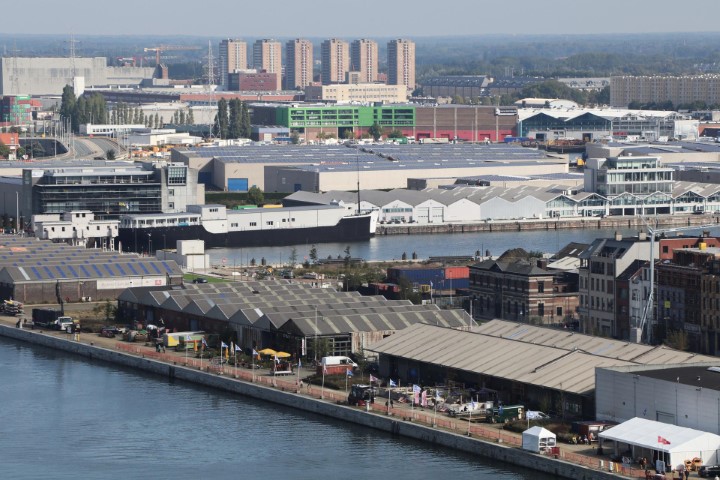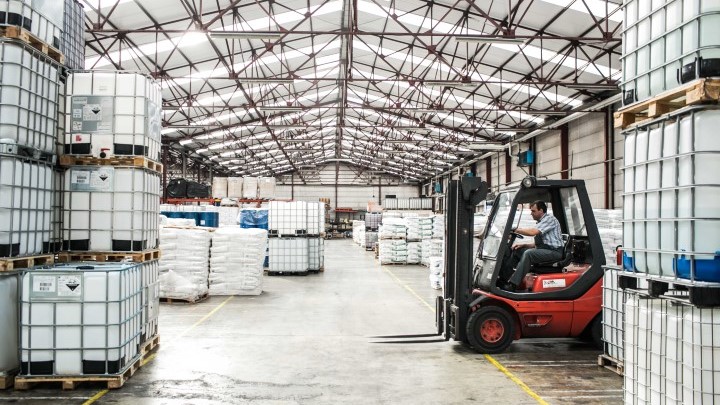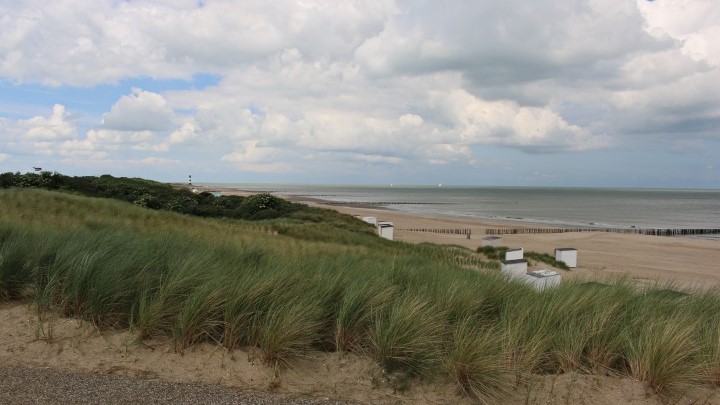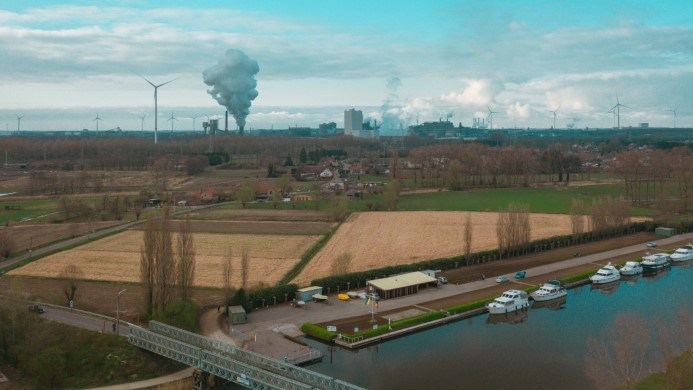Topics
We organise our actions in six thematic & strategic agendas:
Strategic Agendas:
Bio-economy
Circular Construction
Chemicals/Plastics
Manufacturing Industry
Food Chain
Water Cycles
Seven leverages provide additional support:
Leverage effects:
Lever Policy Instruments
Lever Circular Procurement
Lever Communication
Lever Innovation & Entrepreneurship
Lever Financing
Lever Jobs & Skills
Lever Research
What, why and how?
Why are we pursuing a circular economy?
Future visions 2050
How do we see our circular future?
About our management
Who steers what at Flanders Circular?
At the Flemish-Dutch government summit in 2018, a shared approach towards the inevitable transitions faced by the delta ports was advocated.
Circular delta ports are a recurring theme in the ‘Low Countries 2020-2100’ exploratory study and were also central to the IABR-2018 + 2020-The Missing Link (International Architecture Biennale Rotterdam) and its Brussels component ‘You Are Here’. This was the rationale behind the development of four avenues of approach, centred on the four scales of circular port operations: the port authority, the city port, the port region and the delta area (Flanders-Netherlands).
City ports are the quays and port infrastructure of the 19th and first half of the 20th century. For the most part, they no longer have a port ‘function’; however, it is precisely these areas – where the city and the port meet – that are winning back their significance. Why? It’s an ideal place for establishing a smart link between the inevitable sustainability transitions and the broader socioeconomic development of both city residents and businesses.

Architecture Workroom Brussels and 1010au mapped the circular potential of the city's ports with a benchmark of 11 European city ports: from Antwerp to Ghent, Hamburg and Le Havre. The study assessed mutual opportunities, connections and challenges, starting with the current circular initiatives at the various different city ports. Starting in 2020, the study will be followed up by the creation of a collective impact programme.
Why Are We Doing This?
The decades-long prioritisation of housing and offices over the manufacturing industry has effectively expelled this employment market from the city. If we stop looking at the city as an isolated environment, but as part of a much wider circular region, there are all kinds of opportunities for long-term shared profits. What this requires is an approach to strategically embed a productive circular economy. Among others, that will require reintroducing the manufacturing industry to the city, manufacturing that effectively links knowledge, innovation and production.
The Northern Brussels Periphery
The northern periphery is the area north of Brussels and covers part of Brussels and part of the Flemish Region. The area is both dynamic and complex with significant spatial planning hurdles. A jumble of projects are in the pipeline and several different actors are involved, which is why clear coordination is a must.
With this in mind, the Department of Environment and perspective.brussels, the Province of Flemish Brabant and OVAM launched a Northern Periphery Spatial Planning Programme. The region’s stakeholders will develop a common spatial, economic and societal future perspective and action plan for the area via the programme, with the circular economy incorporated throughout.
One concrete sub-project will be to map and analyse industry and the potential for material cycles in the BUDA zone. A subsidy by Circular Flanders is likely to make the actual exchange of waste streams in the area a reality.
The Belgian Coast
Given its unique location, the coast, more so than other regions in Flanders, will face demographic changes, climatic change impact, the transition to sustainable energy and the transition to a circular economy.
How can the reconversion of the built environment in the coastal municipalities and the adjacent hinterland play a role in tackling these challenges? What role can interventions play on the smallest scale and how do they relate to the coastal region as a whole? These and other questions were explored in the ‘Urban System Coast?’ design study, commissioned by the Department of Environment, OVAM, the Flemish Government Architectural Team and the Province of West Flanders as part of the Labo Ruimte [Lab Space] partnership. Among others, the study provided input for a draft compaction and reconversion framework within the Coastal Zone Spatial Planning Programme (T.OP)
East Flanders Core Area
By 2050, the population in the region around Ghent (the East Flanders Core Area) will have gone up by 15 to 25%. A host of challenges go hand in glove with this population increase, in terms of (residential) space, mobility and climate. 23 municipalities in and around Ghent decided to form a partnership to jointly take on these challenges. How can demographic growth in this region be seized as an opportunity to create a sustainable, climate-proof and healthy living environment by 2050? OVAM/Circular Flanders backed these efforts by conducting a study on the circular area's goals. What makes an area ‘circular’, and what approach and which activities are part of that circularity? And who plays what role?
Outside the core area, the province is also working on circular strategies as one of the pillars of its spatial planning policy, climate policy and economic development. Local authorities are encouraged to consider how this could impact them.
‘No closed loops without open minds.’
Walter Tempst, co-founder of Plan C, Circular Flanders




















